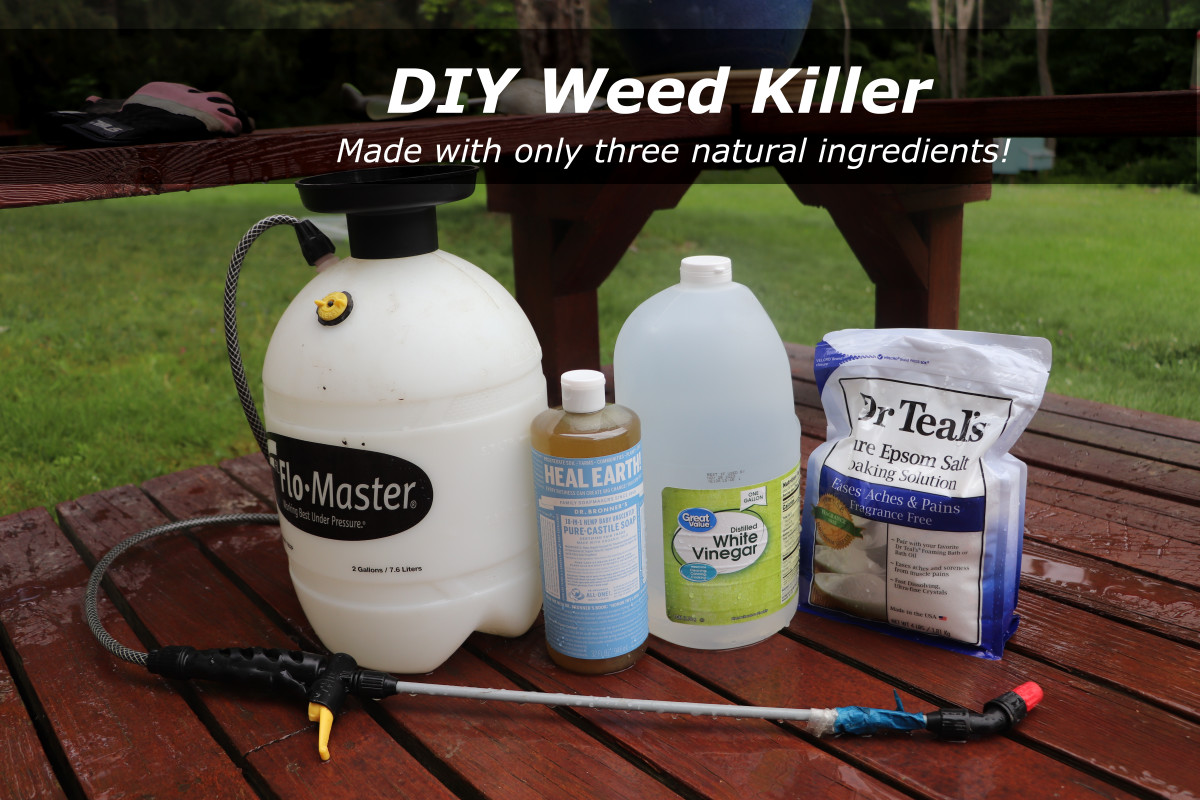How To Kill Your Grass & Replant New Grass
 Measure the size and width of your lawn and multiply both the numbers to determine the sq.-foot space. Generally a gallon of commercial weed killer kills 300 sq. feet of lawn grass. Determine the amount you need based in your calculation.
Measure the size and width of your lawn and multiply both the numbers to determine the sq.-foot space. Generally a gallon of commercial weed killer kills 300 sq. feet of lawn grass. Determine the amount you need based in your calculation.
- When all efforts at restoring a poorly-performing lawn fails, a gardener has no different alternative however to take away the grass and begin from scratch.
- Remove the grass if its quality and performance fails to improve despite your attempts at improving drainage, fertilizing, watering, making use of pesticides and herbicides.
Wear gloves and pour the grass or weed killer into a spray pump. Chances are you'll have to dilute it (add water) if the instructions specify it. Wear your face mask and start spraying over undesirable lawn grass, beginning from one end of the lawn. Walk slowly and spray evenly over sections so you spray it over all the grass. Leave it on the grass for 2 days. This course of takes wherever from two days to several weeks.
Inspect the realm for stubborn grass plants that didn't die with the grass killer. Spray over them again, and wait the appropriate size of time for the chemicals within the herbicide to take impact and kill it.
- Wear gloves and pour the grass or weed killer into a spray pump.
Rake the lifeless grass to collect and take away it. Another to it is a dethatcher. Ensure you insert the rake deep into the soil to gather lifeless grass together with the roots. Put the lifeless grass in a wheelbarrow or tarp and dispose appropriately.
Till the world all the way down to 4 inches to interrupt and loosen compacted soil, and aerate it. Collect and send a soil pattern for a pH test to your local backyard center to amend it, thus stopping issues you had earlier from recurring. A pH between 6.0 and 7.Zero is good for most lawn grasses. Add sulfur to lower the pH, or lime to boost it.
- Rake the lifeless grass to collect and remove it.
- Collect and ship a soil pattern for a pH test to your native backyard center to amend it, thus preventing problems you had earlier from recurring.
Spread a mixture of equal amounts of compost and phosphorus-rich fertilizer over the location. Till it to make sure these soil conditioners go deep to supply necessary nutrients vital for a wholesome lawn.
Spread lawn seeds by hand, or use a seed spreader. Ideally you need 2 lbs. of seeds for each 500-square-foot space. Rake frivolously to ensure they go 1/4-inch into the soil, and unfold a layer of mulch over them. Mulch retains moisture and protects them from spreading till germination. Water the realm lightly, and continue watering it twice a day till the seeds germinate.
- Spread a mixture of equal quantities of compost and phosphorus-wealthy fertilizer over the site.
- Rake frivolously to ensure they go 1/4-inch into the soil, and spread a layer of mulch over them.
Follow manufacturers directions when making use of glyphosate herbicide like Round up to kill lawn grass. Protect plants you don't want to kill by spreading a tarp over them prior to spraying grass killer.